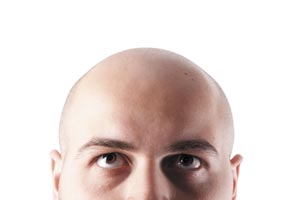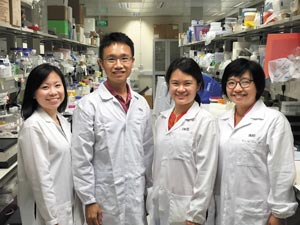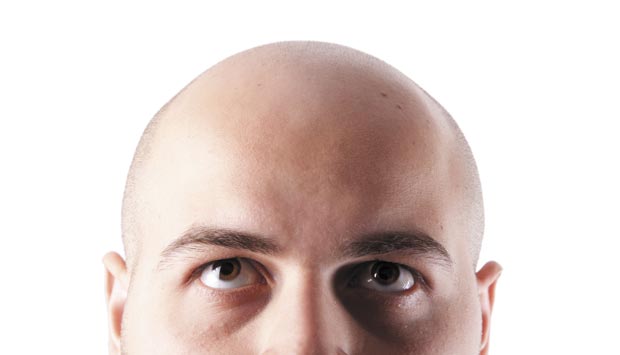
A*STAR research could lead to new treatments for hair loss.
© baytunc/E+/Getty
Growth, destruction, rest, repeat — so goes the cycle of hair production, a process that is driven by a specialized group of stem cells living in a bulge located about mid-way along the sheath that surrounds the hair root. A*STAR researchers have discovered how these stem cells maintain their regenerative capacity during the long periods of dormancy in the hair cycle, a finding that could lead to new treatments for hair loss.
The stem cells that reside in the hair follicle bulge can remain dormant for weeks or even months. But when the timing is right, these cells emerge for growth, activated in part through a critical developmental cue: the Wnt signaling pathway.
Scientists had widely thought that the Wnt machinery turns off when the stem cells are resting. But a team led by Xinhong Lim, a stem cell scientist at the A*STAR Institute of Medical Biology, proved this assumption incorrect.
Lim and his colleagues discovered that a Wnt pathway gene called Axin2 is expressed throughout the resting phase in the dormant hair follicle stem cells of mice. When they turned off Wnt activity and production in these Axin2-expressing stem cells, the hair follicles displayed abnormalities during the resting phase and subsequently couldn’t grow properly.
What’s more, these stem cells were found to produce their own Wnt signaling proteins: some that promote self-renewal of the stem cells, and others that inhibit Wnt, driving hair cell differentiation in other cells. This is unlike what happens with stem cells in most other parts of the body, where external signals in the microenvironment control their fate.
The findings show that, contrary to conventional wisdom, “active Wnt signaling is a constant feature of the hair follicle stem cell niche,” says Lim.
“We revised the paradigm by suggesting that instead of an absence of Wnt during the resting phase and activity during the transition to the growth phase, we actually see the presence of a low level of Wnt signaling even during the resting phase, and a ramping up of Wnt signaling during the transition to growth.”

Study authors from the Skin Stem Cells lab group at the A*STAR Institute of Medical Biology: Sophia Beng Hui Lim, Xinhong Lim, Si Hui Tan and Carol Ka Lou Yu.
© 2016 A*STAR Institute of Medical Biology
A more complete understanding of how this works — including what level of Wnt signaling is needed to facilitate hair growth and what level maintains stem cell function — could enable drug companies to develop future therapies for baldness and other hair growth disorders.
“Tweaking Wnt signaling may help us to more effectively culture hair stem cells for transplantation and drug screens to treat hair loss,” Lim says.
The A*STAR-affiliated researchers contributing to this research are from the Institute of Medical Biology. For more information about the team’s research, please visit the Skin Stem Cells Group webpage.




